August 8, 2013
Before January of this year, I had only seen red-cockaded woodpeckers on a handful of occasions. Okeefenokee National Wildlife Refuge, Appalachicola National Forest, Withlacoochee State Forest – all relatively brief, distant sightings, all over a decade ago. The species had developed for me a kind of mystique – a notion that these birds were elusive, aloof and difficult to observe. I had read of field trips organized by birding festivals in central Florida to show birders this species, and they usually involved being in the field before sunrise, stationing the group near a nest cluster where the clan was roosting in old nest cavities, to catch the birds emerging from their overnight shelter before they began their extensive wanderings for the day. I’m not one who enjoys birding with groups – to me it is best enjoyed by myself or with one or two friends. I had mostly given up the idea of seeing or photographing red-cockadeds as a realistic goal.
In January I visited the Riverside Island tract of Ocala National Forest for the first time, prompted by Bill Pranty’s description of the red-cockaded nesting population there in his essential book, A Birder’s Guide to Florida . All of my misimpressions about these fascinating little woodpeckers were exploded that morning. I’ve been back to that site three times since, and on each occasion have had crippling views of not just the birds, but have also been fortunate enough to watch at some length the antics of these high-spirited birds as they wend their way through the forest like a traveling circus. They are like no other woodpecker I’ve seen.
Yesterday, my friend and naturalist extraordinaire John Serrao and I returned to Riverside Island, and once again were treated to the spectacle of red-cockaded woodpeckers. As you travel north on Forest Road 11, you pass through several variants of sandhills, one of the favored habitats of RCWOs. Some areas, recently planted with new longleaf pine after harvest in the fairly recent past, are like pine plantations anywhere – uniform, ordered and relatively uninteresting. Others have few or no longleaf pines, and are dominated by scattered turkey oaks, some quite impressive. The typical nesting habitat of red-cockaded woodpeckers though, is the more mature tracts of sandhills, featuring large longleaf pines with an open understory and ground cover comprising wiregrass and other herbaceous flora. The red-cockaded nest cavity trees, which tend to occur in clusters, are marked by the forest service with bands of white paint at their base. There are numerous such nest tree clusters visible from FR11 in the Riverside Island tract. It is in those areas where I’ve seen the woodpeckers in the past.
Thursday was one of those mornings that challenged my assertion that summer birding in Florida tends to be relatively boring; the summer doldrums strike birders everywhere, but are particularly noticeable in Florida with its relatively low breeding bird diversity. On our drive north on SR19, we passed a young barred owl hunting the roadside from a large Forest Service sign cautioning hunters to be careful with firearms and fire. This patient bird didn’t mind a couple of crazed photographers on the opposite side of the road capturing photons at a frantic pace, nor the big logging trucks that regularly roared by like locomotives. He even dropped to the ground once while we were watching in an unsuccessful stoop, but returned to a new perch at the forest’s edge to resume his hunt. He was still there when we drove off. Traveling up FR11, once we had left the scrub habitat and passed into the turkey oak savannah, we saw in relatively short order a very tolerant red-tailed hawk juvie hunting from a skeletal turkey oak snag, a less congenial American kestrel warping away from us, and WOODPECKERS. We began seeing red-headed woodpeckers regularly, and at one point stopped to photograph one that had flown into a picturesque pine snag right by the road. Another red-head was nearby, calling back and forth with our target bird.
It was while we were working the red-heads that we first heard the traveling circus. Red-cockaded woodpeckers, at least on all of the occasions I’ve seen them at Riverside, are incredibly vocal birds when they are foraging as a clan. We heard the sputters and twitters of the clan in the distance, well before we saw them. They headed in our direction, and in short order we were amidst a flock of at least 6 birds that maintained their nearly constant vocalizations and frenetic activity for the 15 minutes or so they stayed in the area. The sociality of these birds is completely unlike any other woodpecker I’ve seen. I commonly see other species traveling in pairs, including flickers, pileateds, red-bellieds and downys. Around my feeders at home, I sometimes get family groups of red-bellieds visiting early in the summer, with at times 2 or 3 fledglings following and harassing the parents. In the red-bellieds, however, the patience of the parents for their fitness units is limited. After a relatively brief time, the interaction between parents and offspring turns from nurturing to antagonism, with the adults attempting, with considerable resistance from the kids, to drive their offspring away.
Not so with the red-cockadeds. They define family values. The clan travels as an organized unit, moving in a coordinated fashion with nearly constant vocal signaling among clan members. Especially curious to me is their wing-flash behavior. Fairly frequently, individuals who have just landed will hold their wings extended directly above their back for just a split-second. Clearly this is a signal or form of communication between flock members, but I have no idea what exactly is being communicated. Nonetheless, it is a distinctive and delightful display.
While we were watching the red-cockaded clan, they were joined in the immediate area by a pileated woodpecker and a pair of downy woodpeckers. If we could have added a flicker and a hairy woodpecker or two, we would have run the table on Florida’s breeding woodpeckers from one spot. Something to hope for, but it seems unlikely. While flickers are local and not always easily found, they are widespread, and common around the Riverside area. Hairy woodpeckers, however, have become my remaining Florida picid nemesis. I can’t find those birds to save my soul.
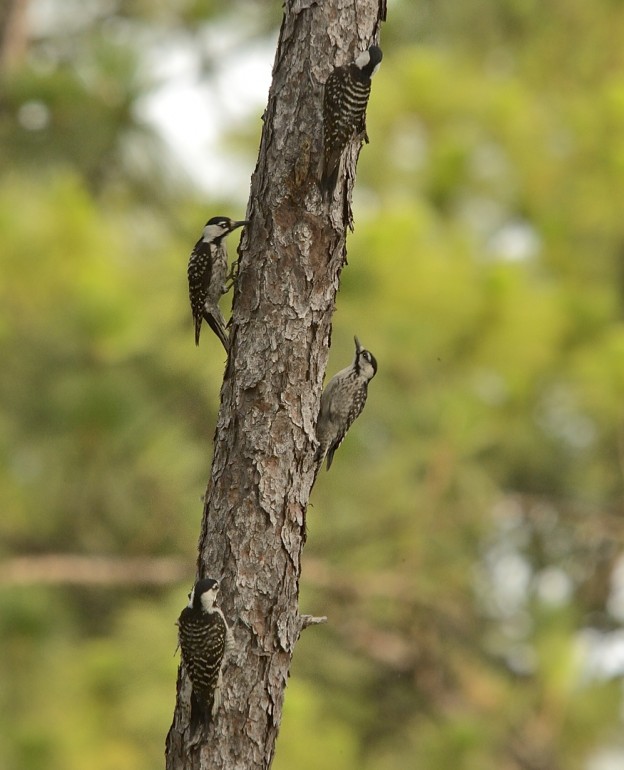
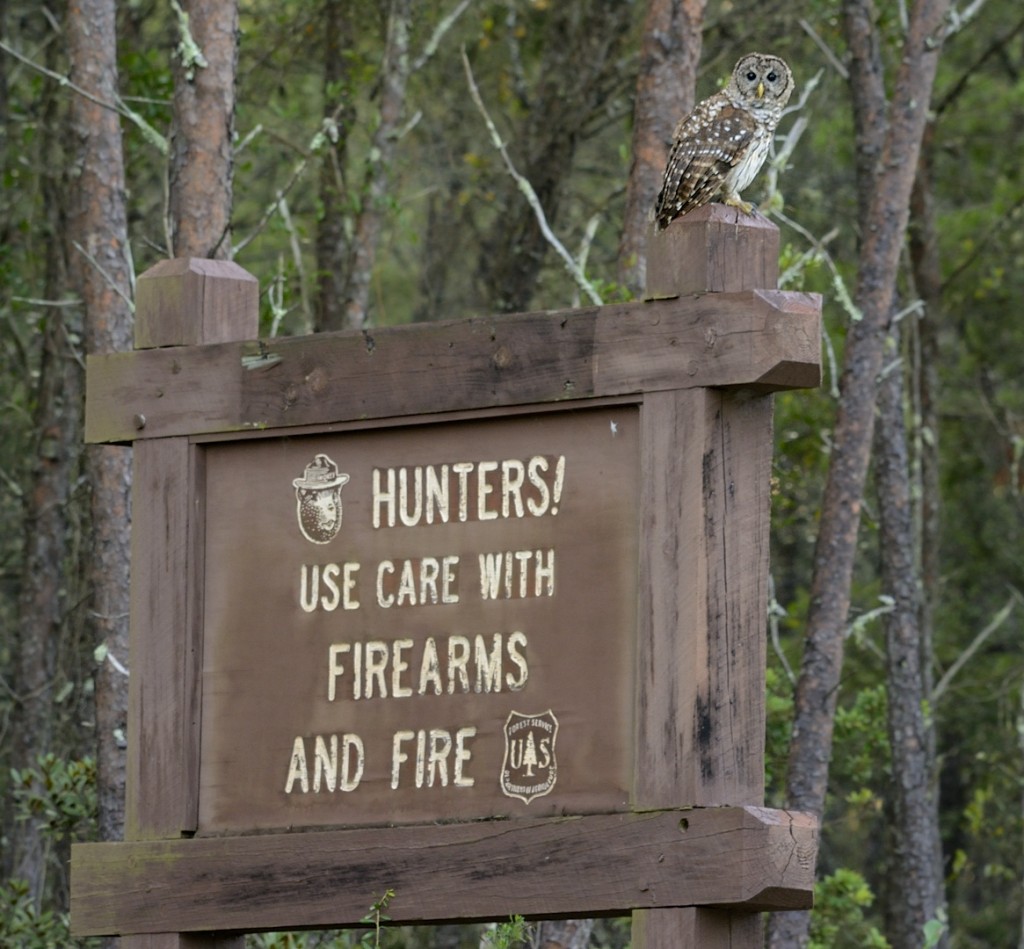
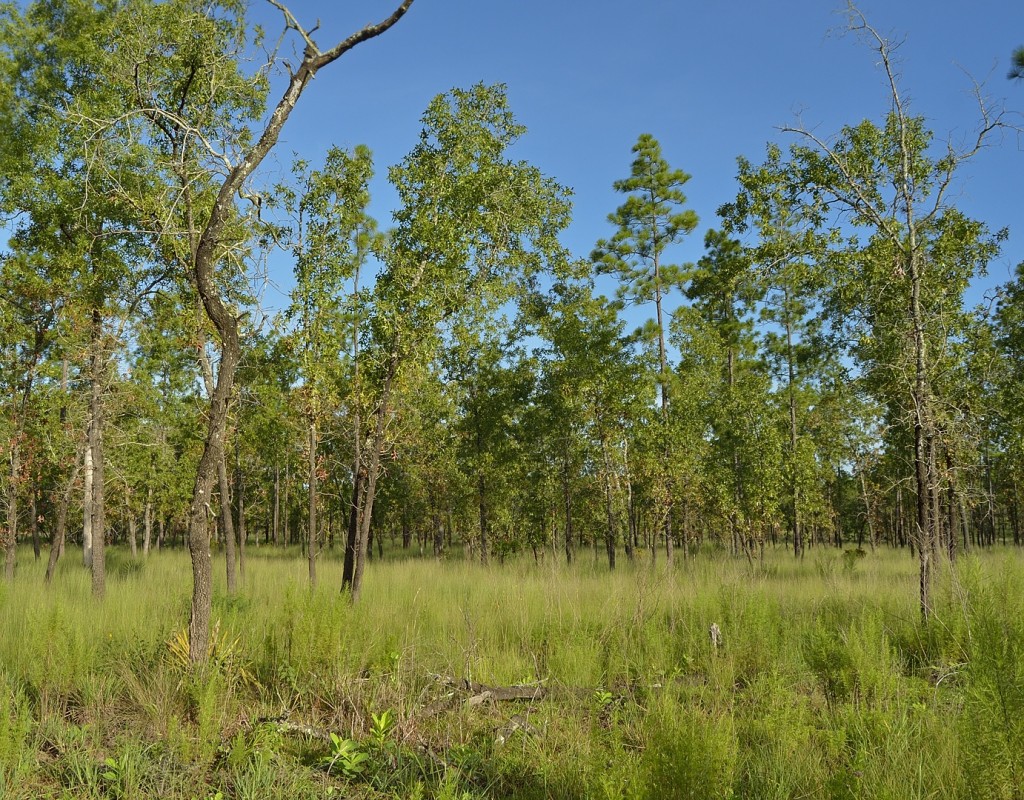
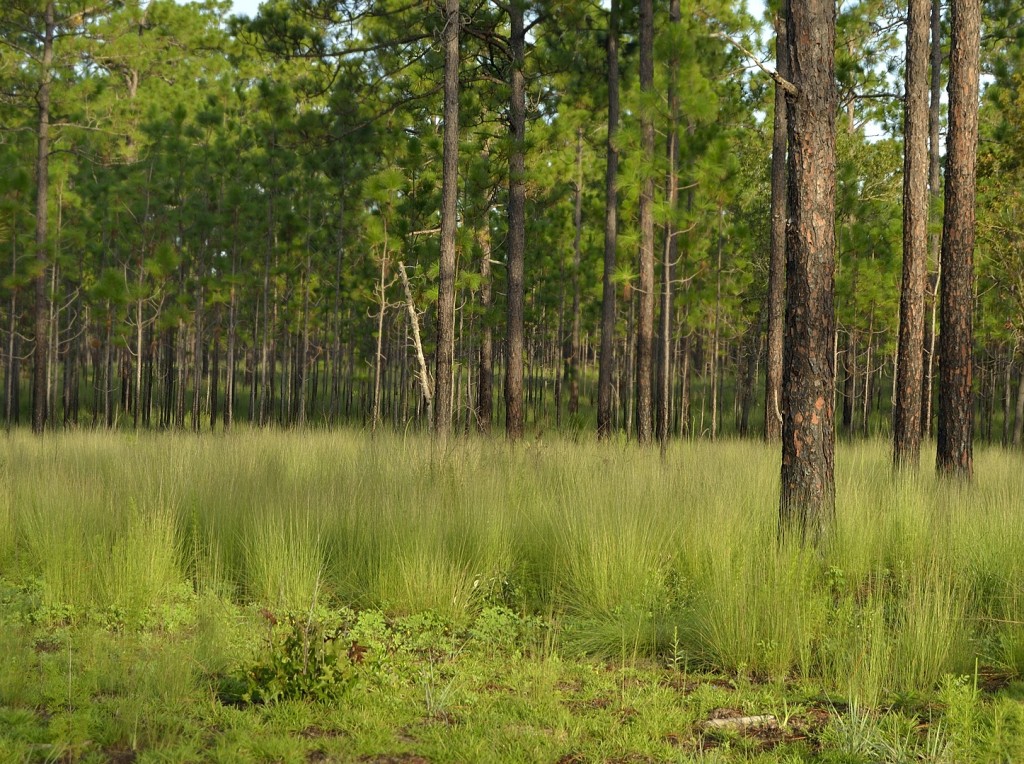
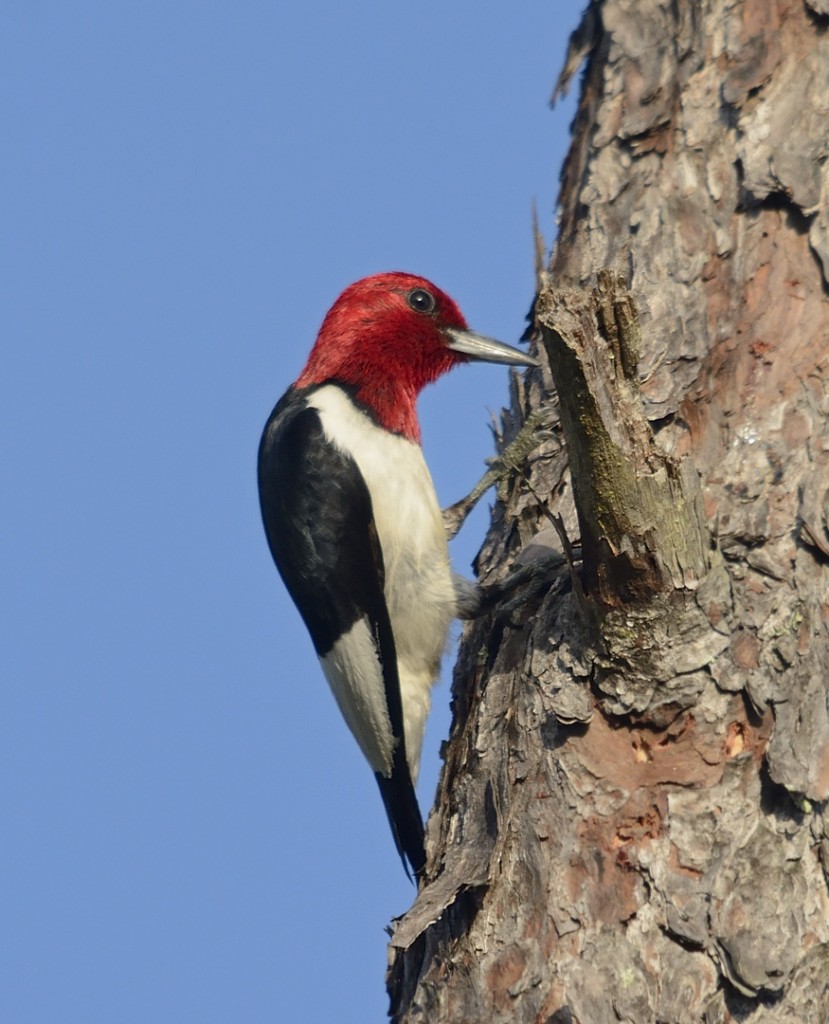
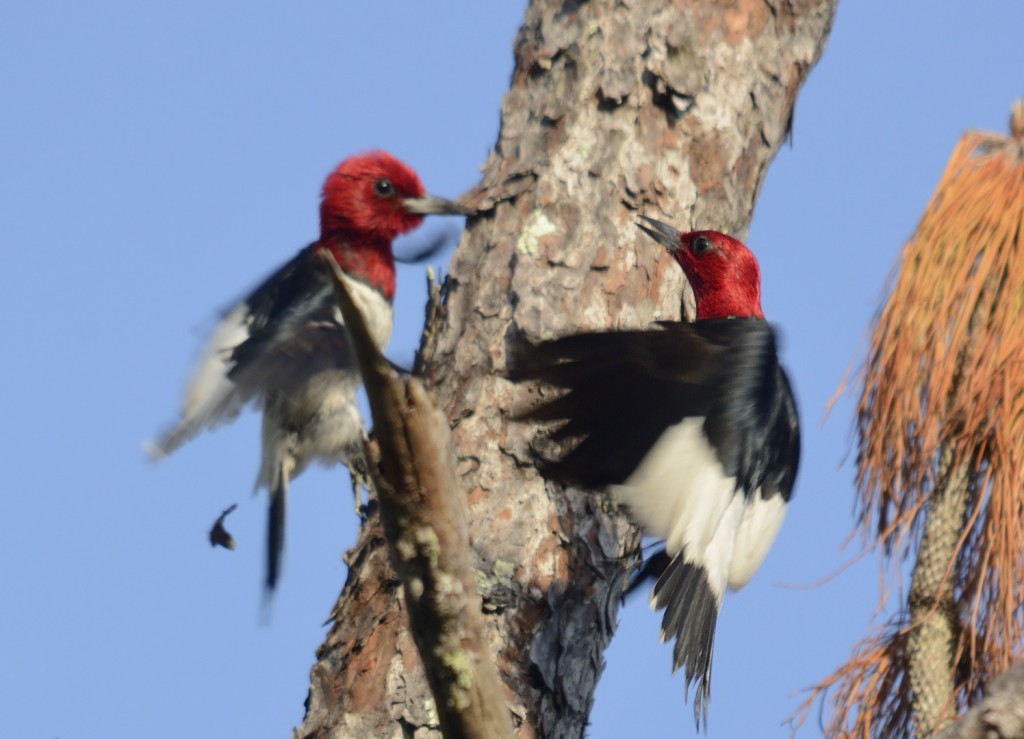
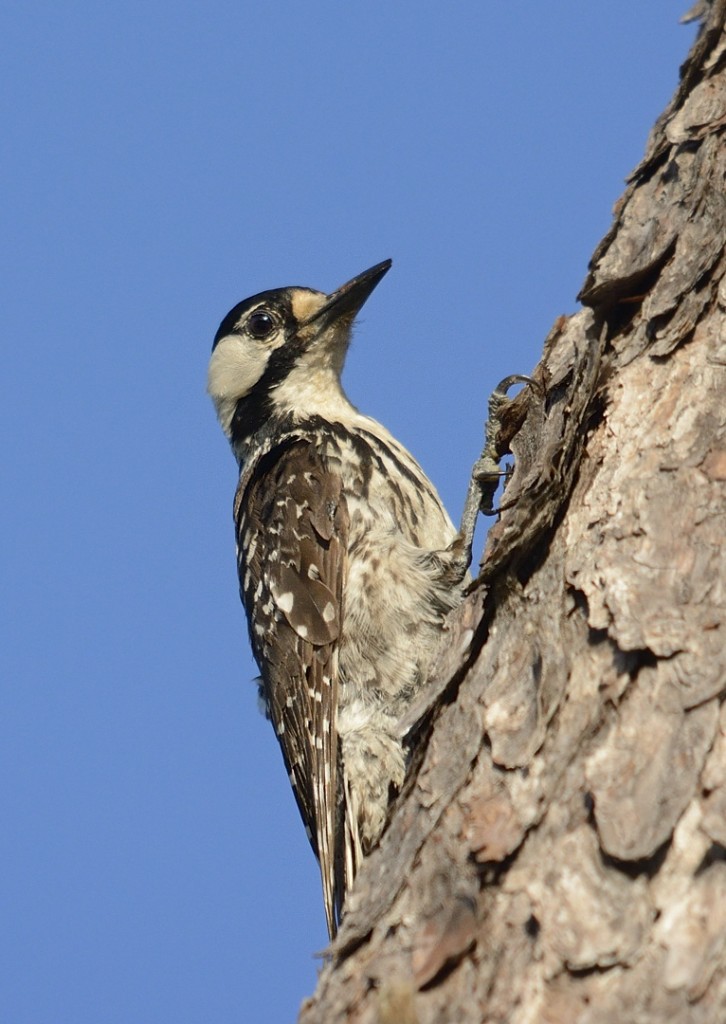
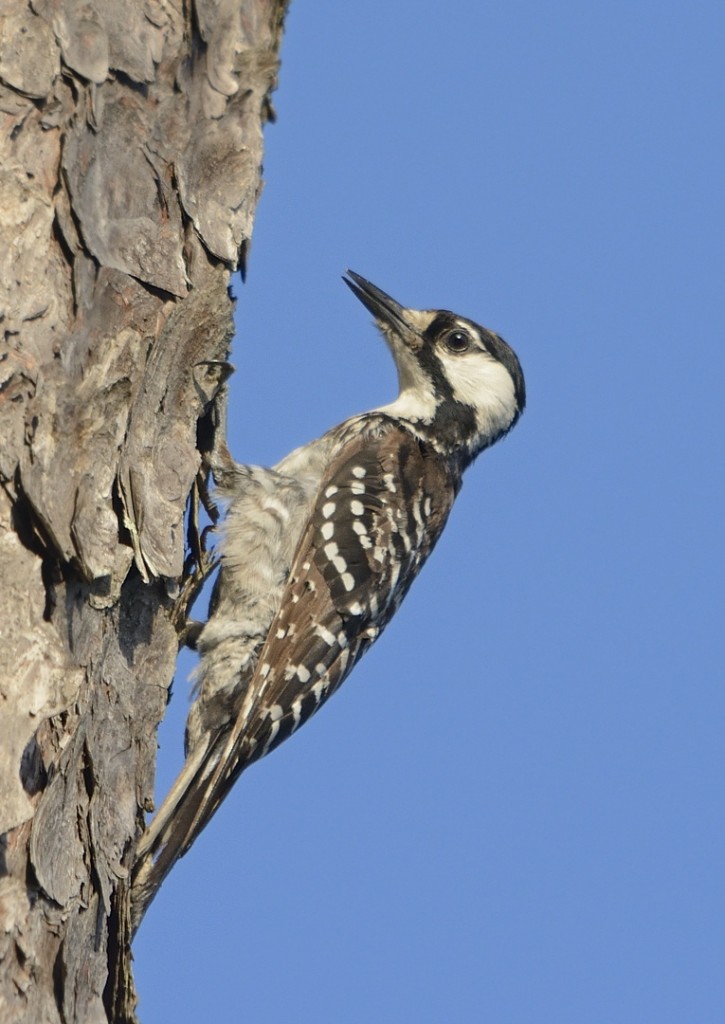
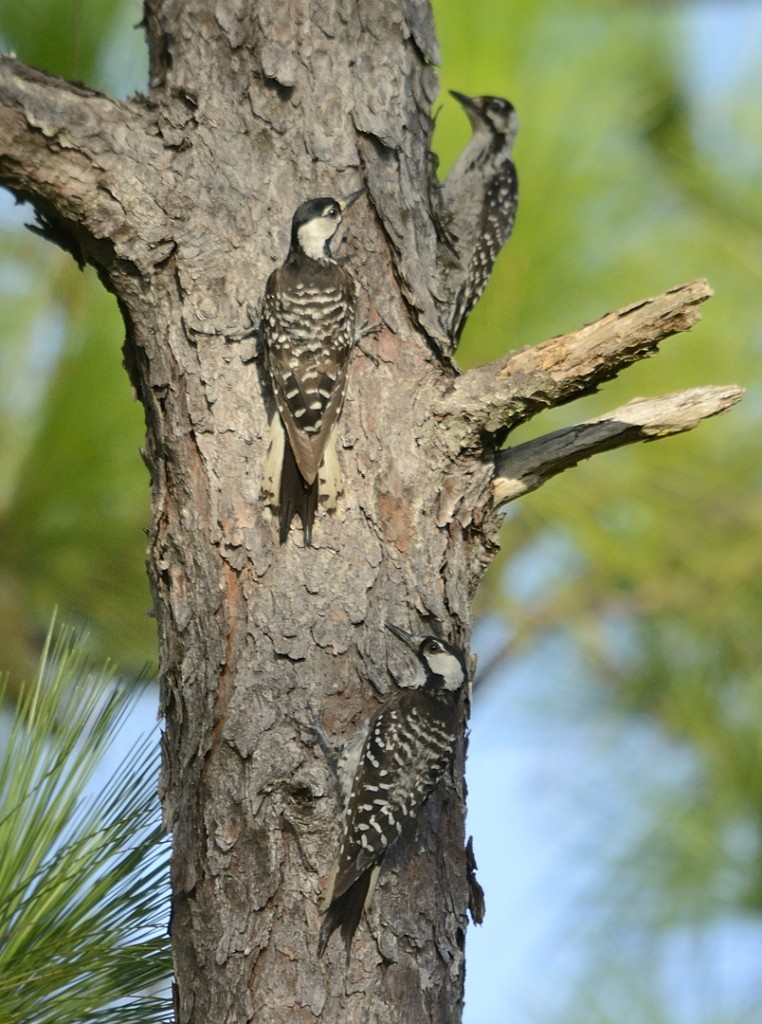
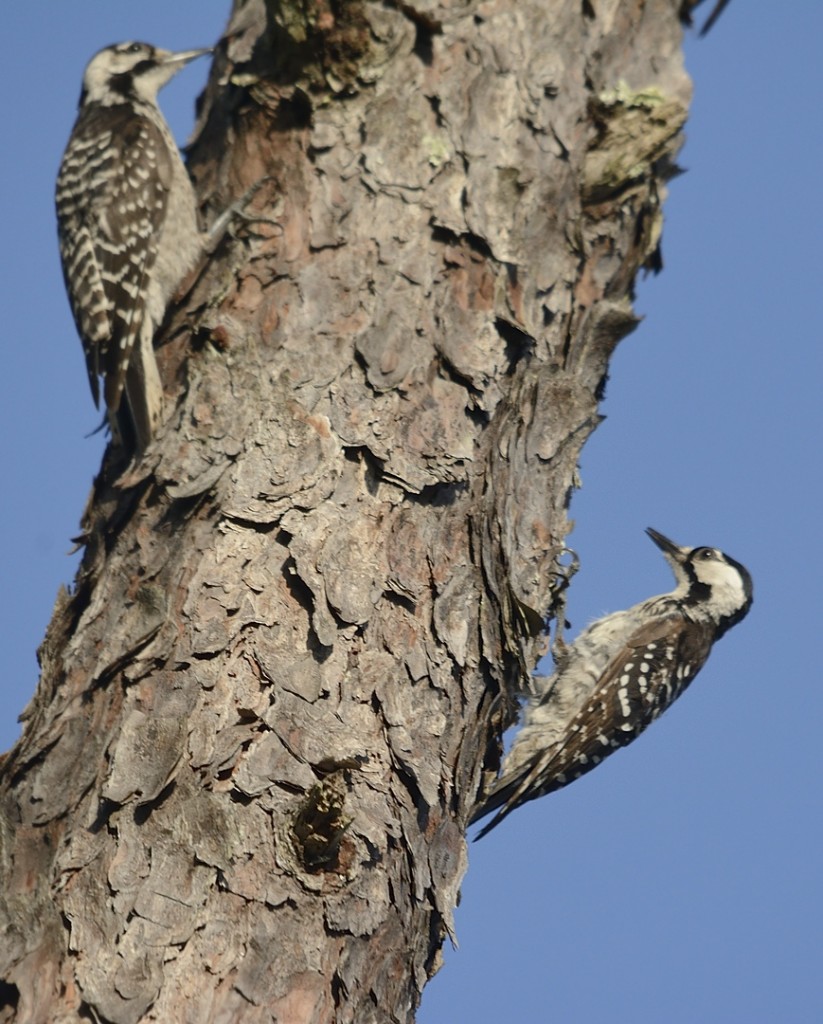
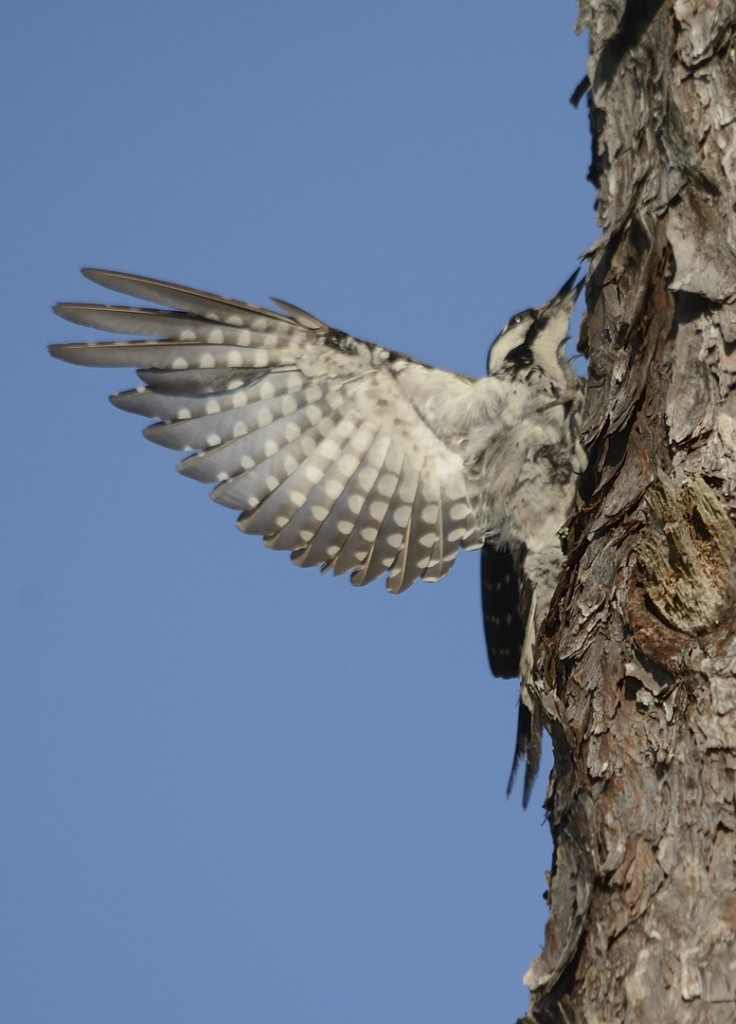
Pingback: A snipe hunt in Ocala National Forest | Volusia Naturalist